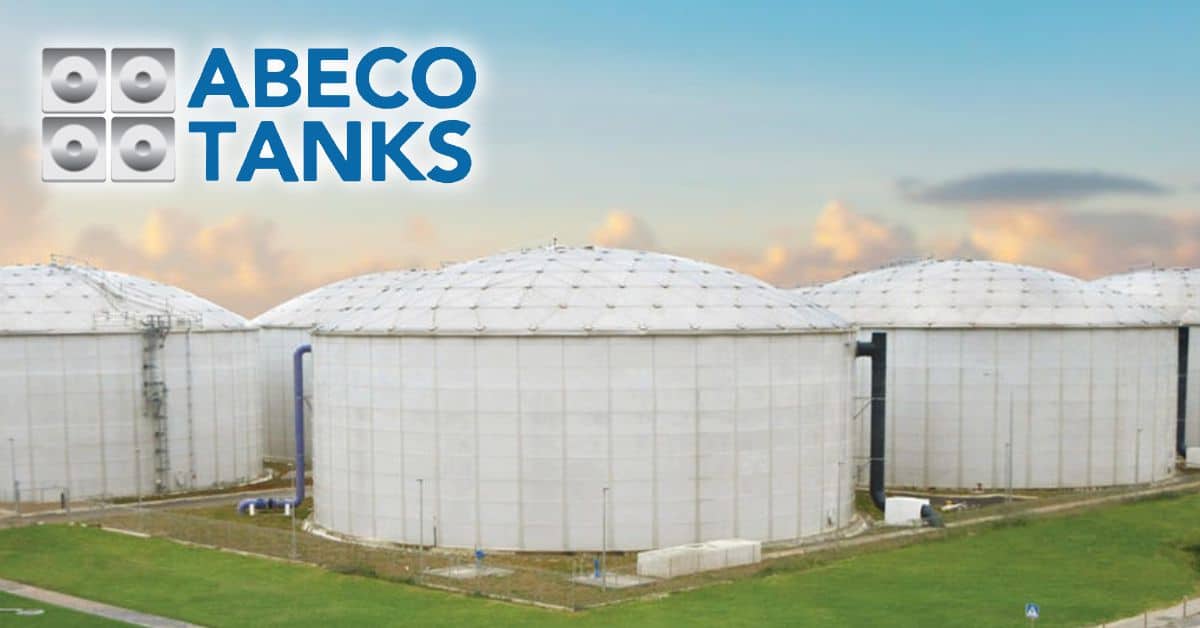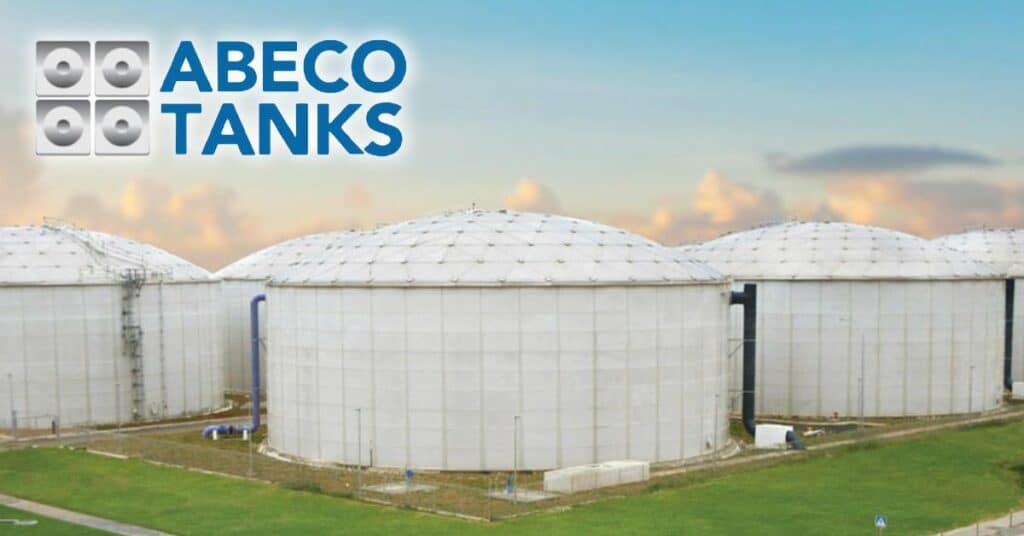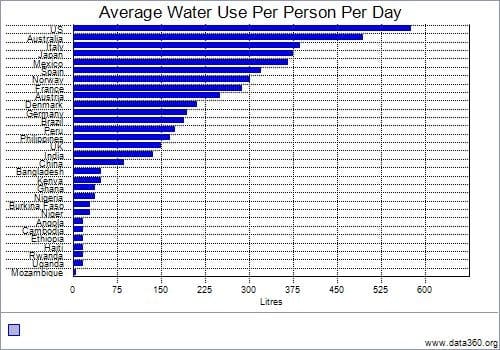
15 Sep Abeco Tanks, a solution to Angola’s water supply woes
Abeco Tanks, a solution to Angola’s water supply woes
Water has become the most important currency in Africa, a fact that has come glaringly to the forefront during the Coronavirus pandemic.
Countries like Angola where nearly 50% of inhabitants do not have access to safe drinking water, are making water, sanitation and hygiene an urgent priority.
According to Mannie Ramos Jnr, Chief Operating Officer of Abeco Tanks, the leader in hygienic water storage solutions in Africa for over 35 years, “Water is needed for productive economic growth of a country as well as improving the livelihoods of its citizens.”
Investec Bank and Global Capital Empowerment have shareholding in Abeco Tanks
Three out of four jobs are water-dependent and reliable water supplies are necessary for sustaining economic growth and job security. Also, without access to safe water the risk of contracting diseases increases and so do morbidity and mortality rates.
“There has been consistent underfunding of water infrastructure on the continent. A third of global funding is spent on water infrastructure versus two thirds on the treatment of water-associated diseases,” says Ramos Jnr. “What we are doing is spending more on the symptom than the actual cause, which does not make sense.”
He adds that globally billions of dollars are lost annually due to the impact of poor sanitation and unsafe water on the economy and on healthcare, and therefore water must take centre-stage on the health agenda.
Abeco Tanks is a pioneer of water storage solutions and operates in 35 countries across the globe including Africa, Central America and the Middle East.
Ramos Jnr believes that water is the most important currency in Africa.
“Abeco pioneered the concept that tanks should be seen as water banks, which act like a savings account so that communities, industry, agriculture and business have the water they need even during times of water scarcity or a crisis such as Covid-19.
“We have been working within Africa for many years, including in Angola, to bring a solution that helps supply safe water to communities. Our high-quality steel tanks, manufactured in South Africa, are capable of holding from as little as 20 000 litres up to 50 million litres of water.”
He explains that the company’s solutions are built specifically for the needs of various African communities and economic sectors. “When we first developed tanks decades ago, we wanted to help make water available during times of scarcity like in a drought, or when water supply is interrupted,” he says. “However, our solutions have evolved to become fit for another purpose: as permanent structures serving larger communities with the ability to hold millions of litres of water and multiple taps to speed up queues.”
“Not only do our tanks help reduce the load on the water distribution supply network, such as water tankers required to fill tanks, but they provide a sustainable water solution while waiting for the roll out of water infrastructure in the region.”
In addition, steel tanks manufactured by Abeco in their 269,000 square foot manufacturing facility in South Africa, are durable lasting up to 50+ years, due to their resistance to environmental pressures like extreme temperatures and fires.
Due to temperature resistance, steel water tanks also do not cause algae to grow inside the tank, making it a more hygienic choice especially where water is stored for purposes like drinking or bathing.
What size tanks do communities in Angola need?
Ramos Jnr had this to say: “It is entirely dependent on the number of people and the average water consumption figures per person per day. A World Bank 2019 report maintains that on average, 34 litres per person per day was provided to urban residents of Angola (according to available data), however the volumes ranged from 80 litres per person per day in privileged areas to 3 litres per person per day in the poorest.”
Average Water Consumption figures:
Africa: 47 litres per person per day.
Asia: 95 litres per person per day.
South Africa: 233 litres per person per day.
UK: 334 litres per person per day.
U.S.: 578 litres per person per day.
Caption: 2010, Average water use per person per day
“Let’s contextualise the consumption figures in relation to Angola,” says Ramos Jnr, “According to a UNICEF article written in November 2019 Kunene province was looking to provide 30 water tanks each with a capacity of 5,000 litres to be placed at strategic locations to reduce the distances communities had to travel to fetch water.
He explains that a 5000 litre tank which is made typically for one household will never be enough for an entire community. Let’s take the lowest figure of 3 litres a day, a 5000 litre tank will provide 1666.66 people per day with water.
“All 30 water tanks of 5000 litres will provide water to 49,999.90 people per day. Cunene has a total population of 990,087 according to the population census of 2014. You can see that these tanks will not meet what the communities daily needs for water.
He emphasises that planning is critical and must include implementing full water storage solutions that can meet the needs of the community.
Why use Abeco’s tanks?
Abeco’s steel tanks range from ground level water tanks; elevated water tanks; circular water tanks and custom-made water tanks, and are used in various sectors including mining, power generation, processing, manufacturing and public buildings such as office blocks, apartment blocks, shopping centers, hospitals and schools.
What makes Abeco’s tanks stand out is their modular design which allows for greater versatility to customise tank sizes according to community requirements and site specifications.
Compared to plastic tanks which only come in specific sizes – 1,000L 2,500L 5,000L, 10,000L and 20,000L – you cannot have in between sizes.
In conclusion
Angola’s economy is struggling in 2020 with a high debt-to-GDP ratio, 2.3% GDP contraction and historical corruption issues, however time is ripe for stimulus initiatives that can transform Angola post Covid-19.
“While Angola is vulnerable at the moment, industries and business will weather the storm, says Ramos Jnr. “The country is already diversifying its economy away from a dependence on oil revenues by turning its focus on developing renewal energy opportunities in the country and other initiatives.
“Water too must become a higher priority than it has in the past with more investment and planning needed to find solutions to meet the strategic goals of the UNESCO 2030 Agenda for Sustainable Development. The SDG 6 goals about clean water and sanitation acknowledges the role of water in advancing human rights, reducing poverty and inequality, and enabling peace, justice and sustainability.”
“Water tanks can be properly utilised to be a part of the water solution through proper planning and consultation with communities. By providing a full solution that communities need, the SDG 6 water goals can be met faster.”



